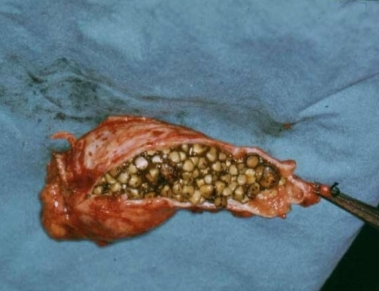Surgery is a medical procedure of operating a patient. The process start off by opening a certain part of the body. Thus, examining internal organs affected by the disease and make diagnosis ( biopsy and pathology result from the removed affected specimen). Surgery is performed by licensed professional surgeons. The practice of course is commonly performed in an operating table in an operating room or emergency rooms of hospitals.
Here some list of surgeries that may fall under the category of extreme surgeries.
1) Explore Lap Surgery ( Laparotomy)

Laparoscopic Surgery

Laparoscopic closure

Ectopic Pregnancy

Salpingotomy, unruptured
Laparotomy, also called coeliotomy, is a surgical procedure wherein the process involves creating a large incision of the abdomen. This is done to examine the structures of the internal organs inside the abdominal cavity. The Exploratory Laparotomy or medical term abbreviation, Ex Lap is the method of abdominal exploration that helps in checking the origin of severe abdominal pain.
Internal bleeding could be a call to action for medical professionals to proceed in performing emergency ex lap. Some conditions discovered during ex lap procedures are: ectopic pregnancy, bleeding ulcer, cancer of abdominal organs, appendicitis, peritonitis, pancreatitis, adhesions or scar tissue from previous surgery, abscess and infections and inflammation of intestinal cavity.
There are tests several tests that are performed especially if the medical professional suspects that a patient should undergo an exploratory laparotomy surgery. These tests include: blood test, urine test, stool test, x ray, computed tomography (CT) scan, magnetic resonance imaging (MRI) and ultra sound imaging. The presence of intraperitoneal liquid ( IF) is recommended to perform emergency exploratory laparotomy or ex lap.
2) Cholecystectomy Surgery

Cholecystectomy surgery (removal of Gallbladder)
Cholecystectomy surgery, is the medical term for removal of gallbladder or gallstones. The standard procedure of Laparoscopic cholecystectomy is performed for symptomatic gallstones or cancer of the gallbladder.
3) Hysteroctomy Surgery
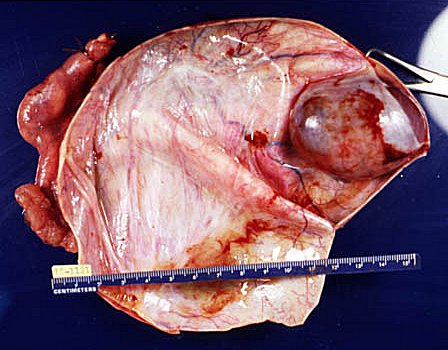
Benign Ovarian Cyst
Benign (n0n-cancerous) Ovarian cyst

Large Myoma (Hysterectomy process)
Myoma is classified mesenchymal tumor. The Leiomyoma develops in the skin –the most common myoma tumor is the uterine fibroid myoma. The Rhabdomyomas are benign tumors that develop in the cardiac muscle or skeletal muscle, and can become malignant.
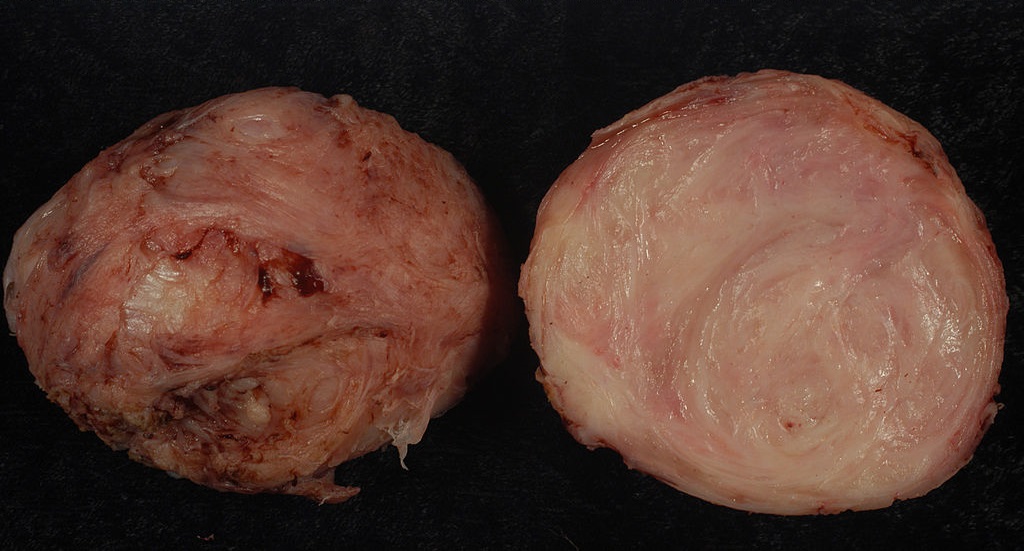
Uterine fibroid or Leiomyoma tumor ( http://en.wikipedia.org/wiki/Myoma)
Hysterectomy is surgical removal of uterus (womb), ovaries and cervix (neck of uterus). These procedures are performed by Gynecologists. There are two types of hysterectomy: Complete or Total Hysterectomy is the removal of uterus or uterine body and the cervix. On the other hand, Partial hysterectomy is the removal of uterus leaving the cervix (also called supracervical).
Hydatidiform Mole or H-mole Pregnancy
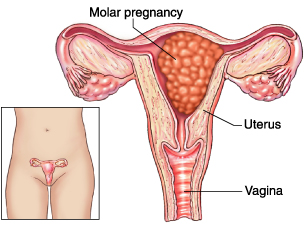
H-mole complete removed by Hysterectomy

Hydatidiform mole or H-mole complete
Oophorectomy (removal of Ovaries)

Oophorectomy, Teratoma of the Ovary

Oophorectomy, removal of Ovary and Fallopian Tube
Oophorectomy is the surgical process of removing of ovaries and fallopian tube.
Tubal Ligation and Vasectomy (Minor surgery)

Tubal Ligation Illustration

Tubal Ligation process
Tubal Ligation or tubectomy, is also called “tubes tied” (ligate) a minor surgical operation, wherein the fallopian tubes are clamp and block and scaled. This method is to block or prevent the eggs from reaching the uterus to fertilize to the woman’s womb. It is a permanent form of birth control method.

Right Inguinal Orchiectomy and Left Vasovasostomy
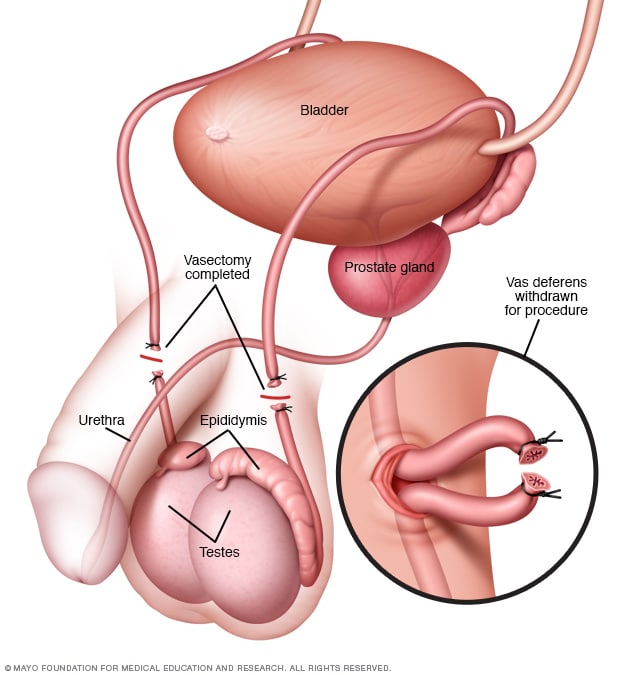
Vasectomy (for male)
Vasectomy is a surgical procedure of cutting or tying the vasa deferentia or ductus deferens, part of male anatomy transporting the sperm cell from the epididymis (male reproductive system) during ejaculation period. Vasectomy is a minor surgery and can be performed in a private clinic and considered as permanent birth control.
4) Caesarian Section

Caesarian Section in progress
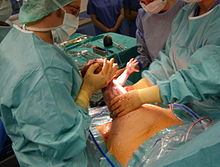
CS, pulling out the baby

CS closed incision
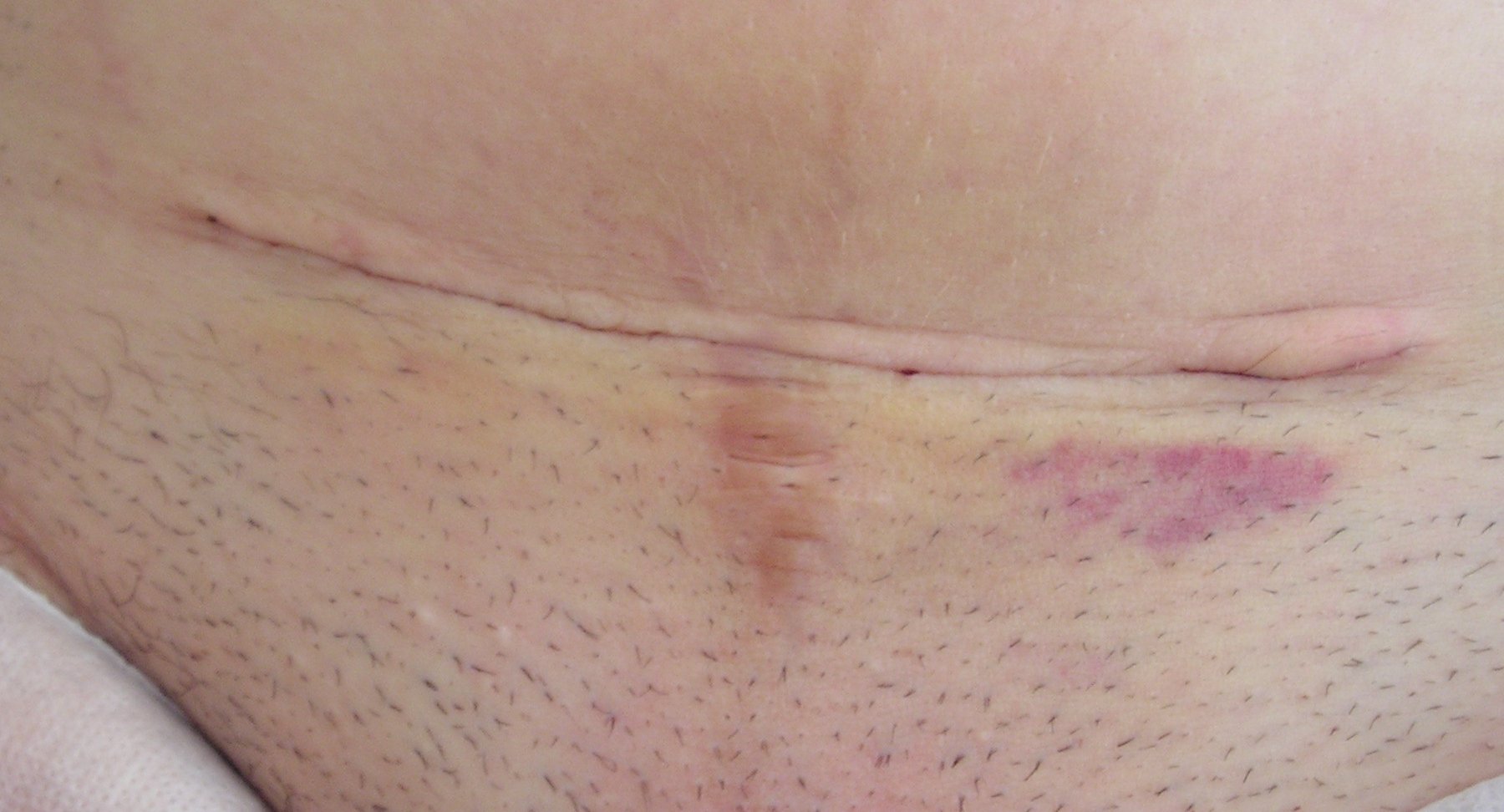
CS 7 week old scar (black line is the Linea Nigra)
Caesarian Section surgery or C-section, is a surgical procedure where in the incision is made through the mother’s abdomen a to deliver her baby. This is surgery is also performed to remove dead fetus.
5) Appendectomy

Appendectomy procedure

Appendix Vermiformis
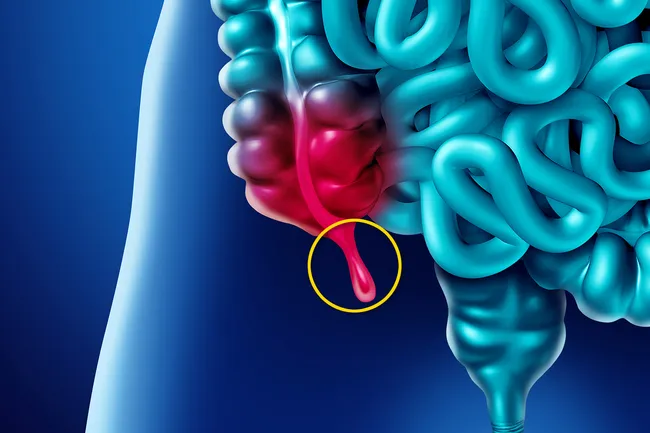
Appendix cancer

Inflamed appendix, removal by open surgery or Appendectomy
Appendectomy , also called appendisectomy, is the surgical procedure of removing the vermiform appendix, normally it is an emergency operation to avoid rapture of the appendix and sepsis (blood poisoning).
6) Adenoidectomy (Pharyngeal Tonsil)

Adenotonsillectomy

Coblation Tonsillectomy
Adenoidectomy is the surgical incision and removal of Pharyngeal tonsil, and should be removed for medical reasons like abnormal breathing, severe earache and chronic infections.
7) Tonsillectomy

Tonsillectomy

Tonsils removed specimen
Tonsillectomy is a surgical incision of removing one or two tonsils of repeated acute tonsillitis or adenoids causing sleep apnea, nasal airway abnormal breathing, snoring and abscess of the peritonsillar.
Peritonsillar abscess or Quinsy (PTA)

Peritonsillar Absess
Peritonsillar absces(PTA) or quinsy, is the complication of tonsillitis, with formation of pus beside the peritonsillar space.
Functional Endoscopic Sinus Surgery (FESS)

Sinuplasty ( http://ph.images.search.yahoo.com/images/)

Post Fess Maxillary Ostium
Functional Endoscopic Sinus surgery (FESS) is a surgical treatment of sinusitis and polypoidal masses growing from the mucous membranes of the nose and paranasal sinuses (nasal polyps). Frequent allergic rhinitis or pollenosis or hay fever is an allergy inflammation of the nasal airways and overgrowth of the mucosa.
![]() Thyroidectomy
Thyroidectomy


